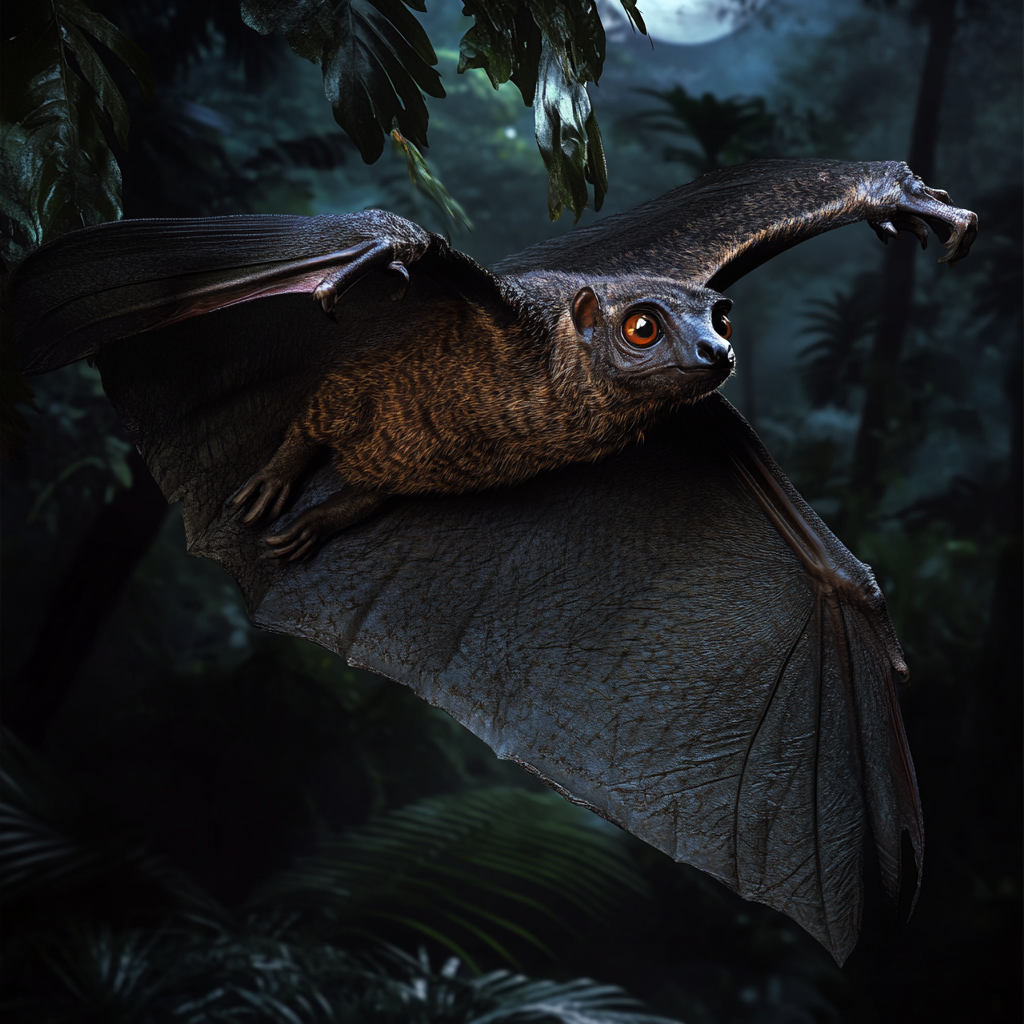
In the quiet tropical nights of the Philippines, something peculiar haunts the treetops, moving so swiftly and silently that it’s often mistaken for a floating shadow. It’s not a ghost, nor is it a bird or a bat; it’s the Philippine flying lemur, or colugo—an elusive creature that can soar gracefully between trees yet remains virtually unknown outside its native islands. For centuries, it has sparked local lore and fascination, yet this mysterious mammal is a marvel of evolution that rivals the strangest creatures on Earth.
The Philippine flying lemur, also called kagwang by locals, isn’t actually a lemur at all, nor does it truly “fly.” Rather, it belongs to a group of creatures called dermopterans, meaning “skin-winged.” Equipped with an astonishing membrane of skin that stretches from the neck, along the limbs, and all the way to the tip of the tail, the colugo uses this vast parachute-like webbing to glide remarkable distances—sometimes up to 100 meters in a single leap. But while its aerial feats are mesmerizing, what’s even stranger is the rest of its life.
During the day, the colugo clings to tree trunks, blending in almost seamlessly with the bark, thanks to its mottled fur that camouflages it from predators. Its nocturnal habits and keen senses help it stay safe from birds of prey and other hunters, as it feeds almost exclusively on leaves, fruits, and flowers high up in the forest canopy. But don’t be fooled by its gentle lifestyle—the colugo’s survival depends on its remarkable instincts and adaptations, honed by millions of years of evolution.
Perhaps the most charming yet bizarre aspect of the colugo’s life is its approach to motherhood. Female colugos carry their babies in a sort of “living hammock,” tucking them into the skin membrane, which acts as a makeshift pouch. Here, the baby clings to its mother’s belly, shielded by her wings as they glide from tree to tree. This unique mode of travel isn’t just adorable; it’s essential. For a creature that lives almost entirely in the trees, learning to glide is a matter of life and death, and the baby colugo begins training almost from birth, mastering the art of flight before it ever takes its first steps.
Despite its remarkable abilities, the Philippine flying lemur is highly threatened by habitat destruction and hunting, making it one of the most vulnerable residents of the Philippine forests. As rainforests shrink and development encroaches on its territory, the colugo’s future hangs in the balance.
For now, however, the Philippine flying lemur continues its haunting nightly journeys, gliding like a wisp through the warm, humid air. While many people may never see it, the colugo remains one of nature’s most spellbinding creatures—a silent, gliding ghost of the treetops that few are lucky enough to witness but all should hope to protect.







